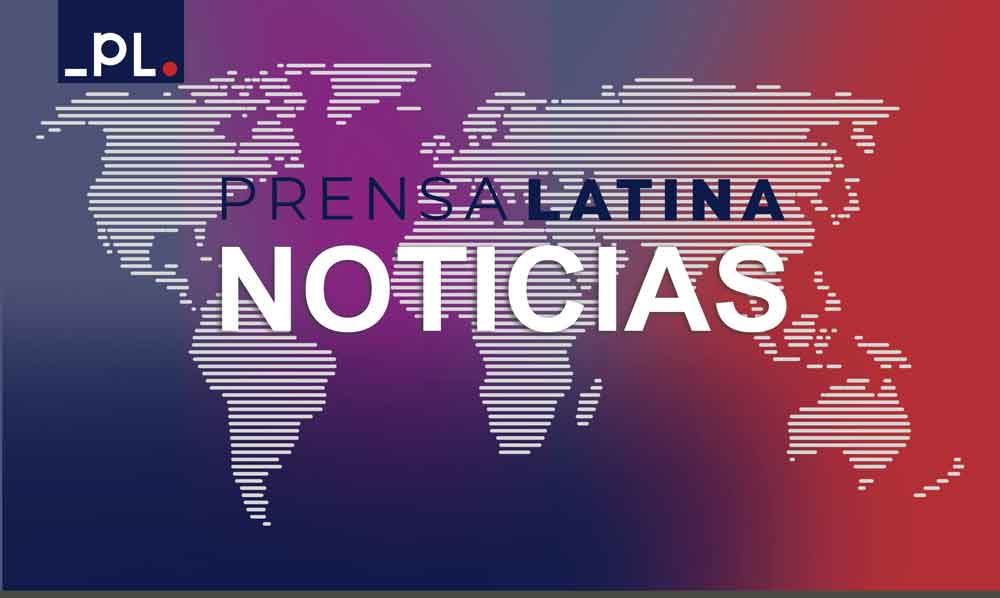Although the United States Atmospheric and Oceanic Administration announced this Thursday that the meteorological event has already begun, Inamhi clarified that the consequences in the Andean country would occur between October and November.
Inamhi forecasting analyst Javier Macas told El Universo newspaper that rainfall in Ecuadorian territory will decrease in the short term, noting that recent flooding in the coastal province of Esmeraldas was not due to El Niño.
In view of the impending occurrence of this phenomenon, the Risk Management Secretariat (SGR) last May declared a yellow alert in 143 municipalities in 17 provinces that are at an altitude of less than 1,500 meters above sea level.
This situation could lead to flooding, flooding, landslides, fog banks, gusts of wind and electric shock, the SGR warned.
This week, the Ecuadorian government announced a series of measures to address the forecast after criticism of the lack of a strategy to mitigate the effects of El Niño.
Transport and Public Works Minister César Rohon has been accused of suggesting in an interview that instead of presenting concrete measures to mitigate the impact of climatic events, Ecuadorians should ask God that it doesn’t rain so much.
Planned actions include the drafting of an Economic Urgency Bill by the Department of Foreign Trade to mitigate the risks and impacts of El Niño.
The Emergency Response Committee, in turn, asked the SGR for an action plan against this phenomenon, to be presented by June 16.
The current rainy season in Ecuador – called Invierno here – has resulted in the deaths of more than 30 people, destroyed roads, landslides, landslides and the loss of thousands of planted hectares.
El Niño could worsen the outlook, especially in coastal cities, leading to food shortages and high costs due to likely crop failure.
jha/avr

